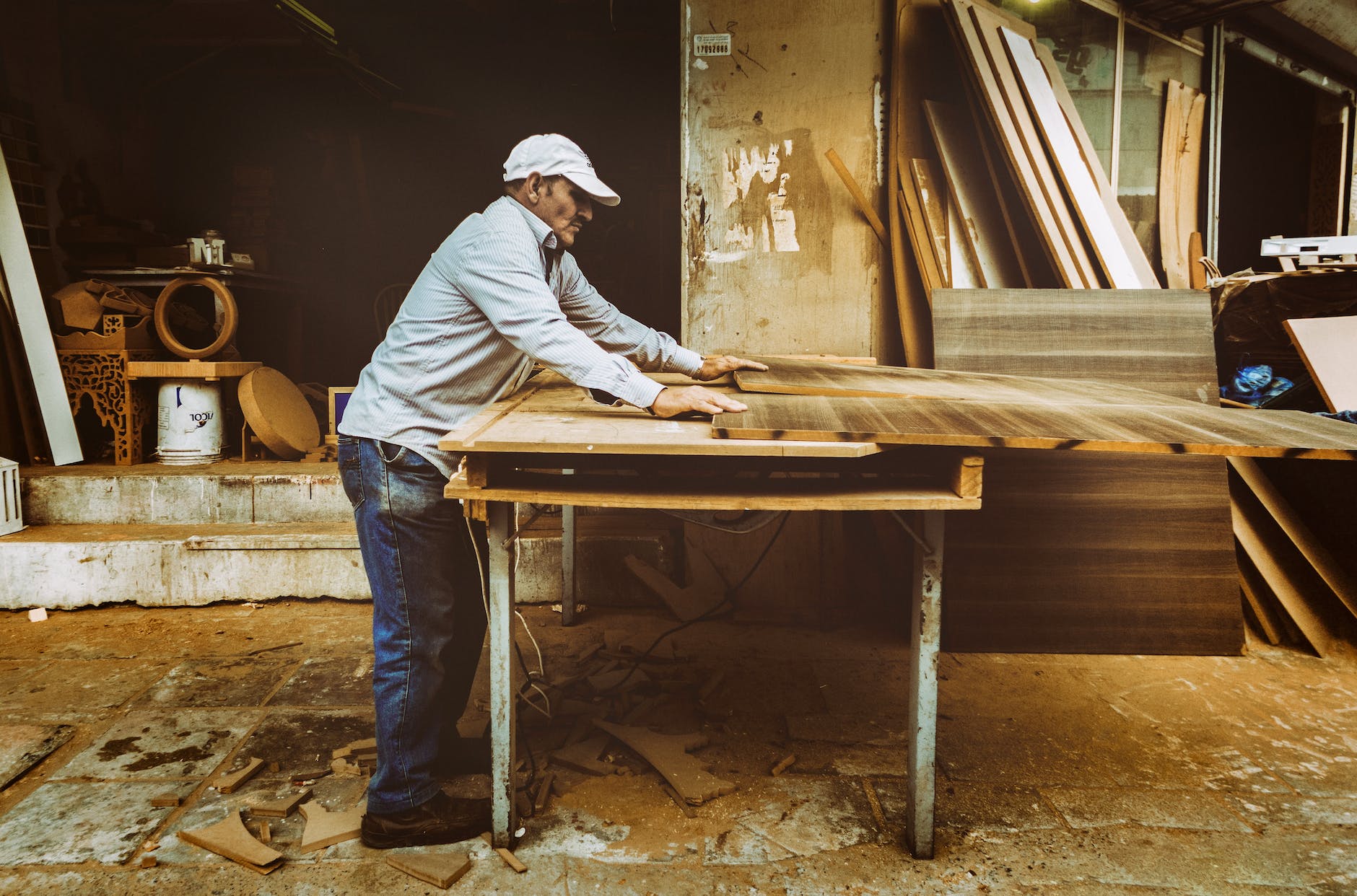
Carpentry Hazards and Precautions: Safeguarding Your Woodworking Journey
Carpentry Hazards and Precautions : Woodworking, a craft that has been passed down through generations, offers a unique blend of creativity and craftsmanship. However, amidst the artistry and satisfaction of creating beautiful wooden structures, there lies a set of hazards that every carpenter must be aware of. In this comprehensive guide, we will explore the world of carpentry hazards and the crucial precautions that can keep you safe while pursuing this noble craft.
Introduction
Carpentry is an age-old craft that allows individuals to shape raw wood into magnificent structures. However, it’s not all smooth sailing. The world of carpentry comes with its share of hazards and potential risks. From sharp tools to heavy machinery and toxic materials, carpenters need to be vigilant and well-prepared to ensure their safety.
Understanding Carpentry Hazards
Identifying Common Risks
Before you embark on any woodworking project, it’s crucial to recognize the common hazards associated with carpentry. These include:
- Cuts and Abrasions: Sharp tools can cause severe injuries if not handled properly.
- Falls: Working on elevated surfaces poses a risk of falling.
- Electrical Hazards: Wiring and power tools can lead to electrical accidents.
- Chemical Exposure: Some woodworking materials release toxic fumes.
- Fire Hazards: Sawdust and chemicals can be flammable.
- Heavy Lifting: Carrying heavy materials can strain muscles.
Tools and Equipment Dangers
Carpenters work with an array of tools and equipment, each with its own set of risks. From hammers and saws to power drills and routers, it’s essential to understand how to use them safely.
Safety Measures Before You Begin
Personal Protective Equipment (PPE)
Your first line of defense against carpentry hazards is wearing the right PPE. This includes safety goggles, ear protection, gloves, and a dust mask. Always dress appropriately for the task at hand.
Workspace Preparation
Before starting any project, ensure your workspace is clean, well-lit, and free of clutter. Proper organization can prevent accidents caused by tripping or falling objects.
Safe Handling of Carpentry Tools
Hand Tools
When using hand tools like chisels or planes, always cut away from your body. Keep your tools sharp to prevent slipping and ensure precise cuts.
Power Tools
Power tools are invaluable in carpentry, but they can be dangerous if mishandled. Follow manufacturer instructions meticulously and never bypass safety features.
Preventing Falls and Trips
Falls are a significant risk in carpentry. Use sturdy scaffolding and ladders, and never overreach while working on elevated surfaces.
Chemical Hazards in Carpentry
Certain woodworking materials, like treated wood, emit toxic fumes. Always work in a well-ventilated area and wear a mask when dealing with such substances.
Dealing with Wood Dust
Sawdust is an inevitable byproduct of carpentry. Invest in a good dust collection system to minimize the health risks associated with wood dust inhalation.
Fire Safety in the Workshop
Wood dust and chemicals can create a combustible mix. Install fire extinguishers and ensure all electrical wiring is up to code to prevent workshop fires.
Handling Heavy Materials
Lifting heavy materials can strain your back and muscles. Use proper lifting techniques and, when necessary, seek assistance.
Electrical Safety
Inspect all power cords and outlets before use, and keep them away from moisture. Unplug tools when not in use and avoid overloading circuits.
Handling Woodworking Machinery
Machinery like table saws and jointers can be hazardous. Always use push sticks or guides to keep your hands safe when operating them.
Avoiding Repetitive Strain Injuries
Carpentry often involves repetitive motions. Take breaks to stretch and avoid overexertion to prevent repetitive strain injuries.
Emergency Procedures
First Aid
Familiarize yourself with basic first aid procedures to address minor injuries promptly.
Fire Emergencies
Know the location of fire extinguishers and emergency exits in your workshop. Have a fire evacuation plan in place.
Workshop Safety Inspections
Regularly inspect your tools and equipment for wear and tear. Replace damaged tools promptly to avoid accidents.
Conclusion
Carpentry is a rewarding craft that allows you to transform wood into beautiful creations. However, it comes with its share of hazards. By understanding these risks and taking the necessary precautions, you can enjoy a safe and fulfilling woodworking journey.
Scaffolding Hazards and Precautions
Work at Height Hazards and Precautions
How to Calculate Crane Load Capacity Without a Load Chart
How To Calculate Crane Load Capacity?
How To Calculate Crane Percentage Capacity
FAQs
- What is the most common injury in carpentry?
- The most common injury in carpentry is cuts and abrasions from sharp tools.
- How can I protect myself from wood dust inhalation?
- You can protect yourself from wood dust inhalation by using a dust mask and a dust collection system.
- Are power tools safe to use in carpentry?
- Power tools are safe when used correctly. Always follow manufacturer instructions and use safety features.
- What should I do in case of a workshop fire?
- In case of a workshop fire, use a fire extinguisher if it’s safe to do so and evacuate following your fire evacuation plan.
- How often should I inspect my carpentry tools?
- It’s advisable to inspect your tools regularly, at least once a month, to ensure they are in good working condition.
























